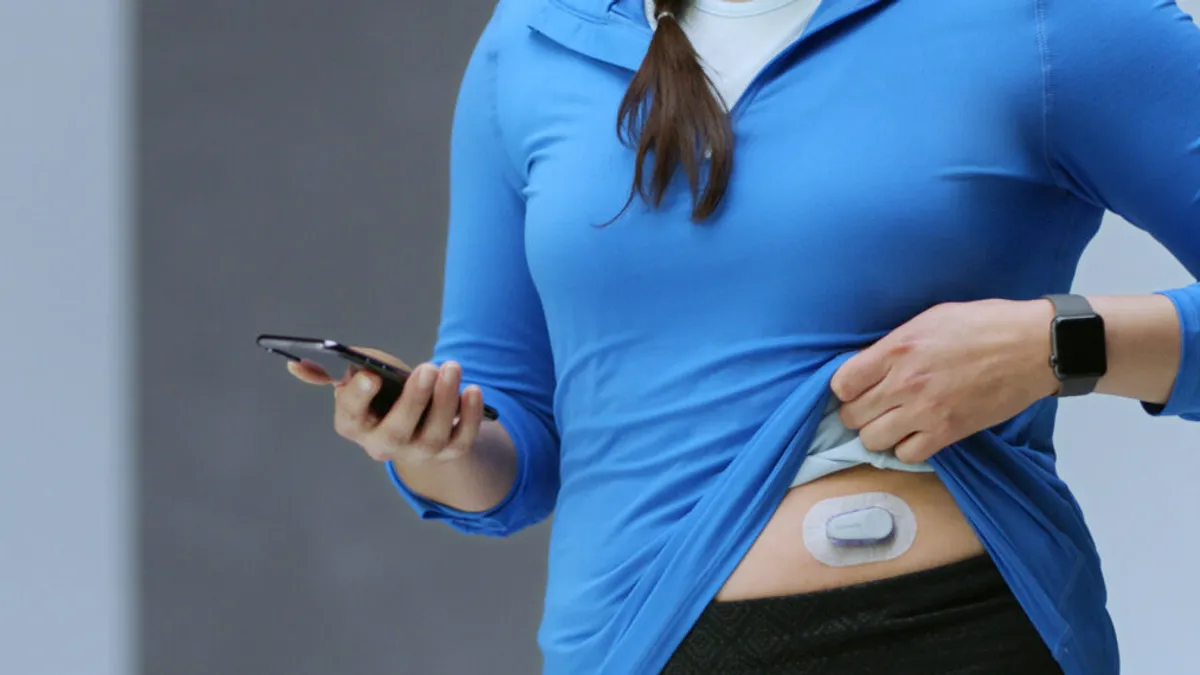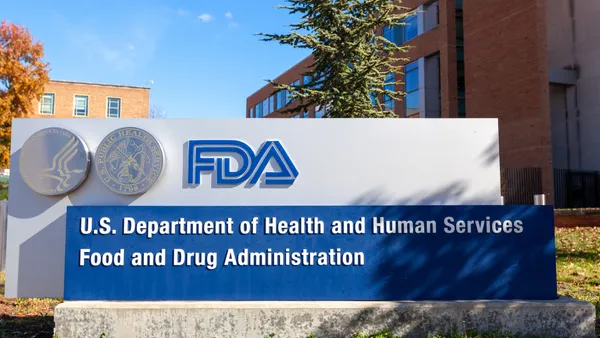Dive Brief:
- A retrospective study linked participation in Onduo’s virtual program for managing Type 2 diabetes to reductions in blood sugar.
- The study, which analyzed almost 600 patients, found the blood sugar measure hemoglobin A1c was unchanged by participation in another employer-sponsored wellness program, though it fell by 0.3 percentage point after they switched to Onduo.
- Participants with high blood sugar at baseline benefited the most from Onduo with hemoglobin A1c falling by 2.5 percentage points in subjects with a baseline hemoglobin A1c of 9% or higher, the report found.
Dive Insight:
Verily, a sibling of Google, set up Onduo with Sanofi in 2016 to use devices, software, medicine and professional care to improve the management of Type 2 diabetes. It has since expanded the program to other areas including weight loss and blood pressure management. Sanofi pulled back from the program a few years later, while Verily continued to invest.
Researchers at Quest Diagnostics analyzed the impact of Onduo on diabetics by reviewing the data on 578 people before and after they switched to the program. After one year of participation in another program, the patients’ hemoglobin A1c levels were unchanged on average. The patients then switched to Onduo. Average hemoglobin A1c fell 0.3 percentage point in the first year of the new program.
That slight improvement in the overall population masks variation between subgroups. Hemoglobin A1c levels rose slightly in patients who were below 8% at baseline, having fallen slightly in the old program. Onduo may be more effective in patients with higher blood glucose at baseline, the study suggests. In the 79 patients with baseline levels of 9% or higher, hemoglobin A1c levels fell 2.5 percentage points over the first year of the Onduo program. Levels in that subgroup of patients rose 1.6 percentage points under the old program.
It’s unclear what aspect of the program drove the results. While all participants used a mobile app, uptake of other parts of the service was lower, ranging from the 84% of people who had personalized coaching to the 10% of individuals who used a continuous glucose monitor.
The researchers linked the offering, which also included a blood glucose meter and telehealth visits, to improvements on other measures. Levels of fasting glucose and cholesterol favored the Onduo program, although some of the differences fell short of statistical significance, the study found.













